Muscat, the capital city of Oman, is a captivating blend of traditional Arabian architecture and modern design, reflecti...
The Timeless Architecture of Kyoto: A Harmony of Tradition and Nature
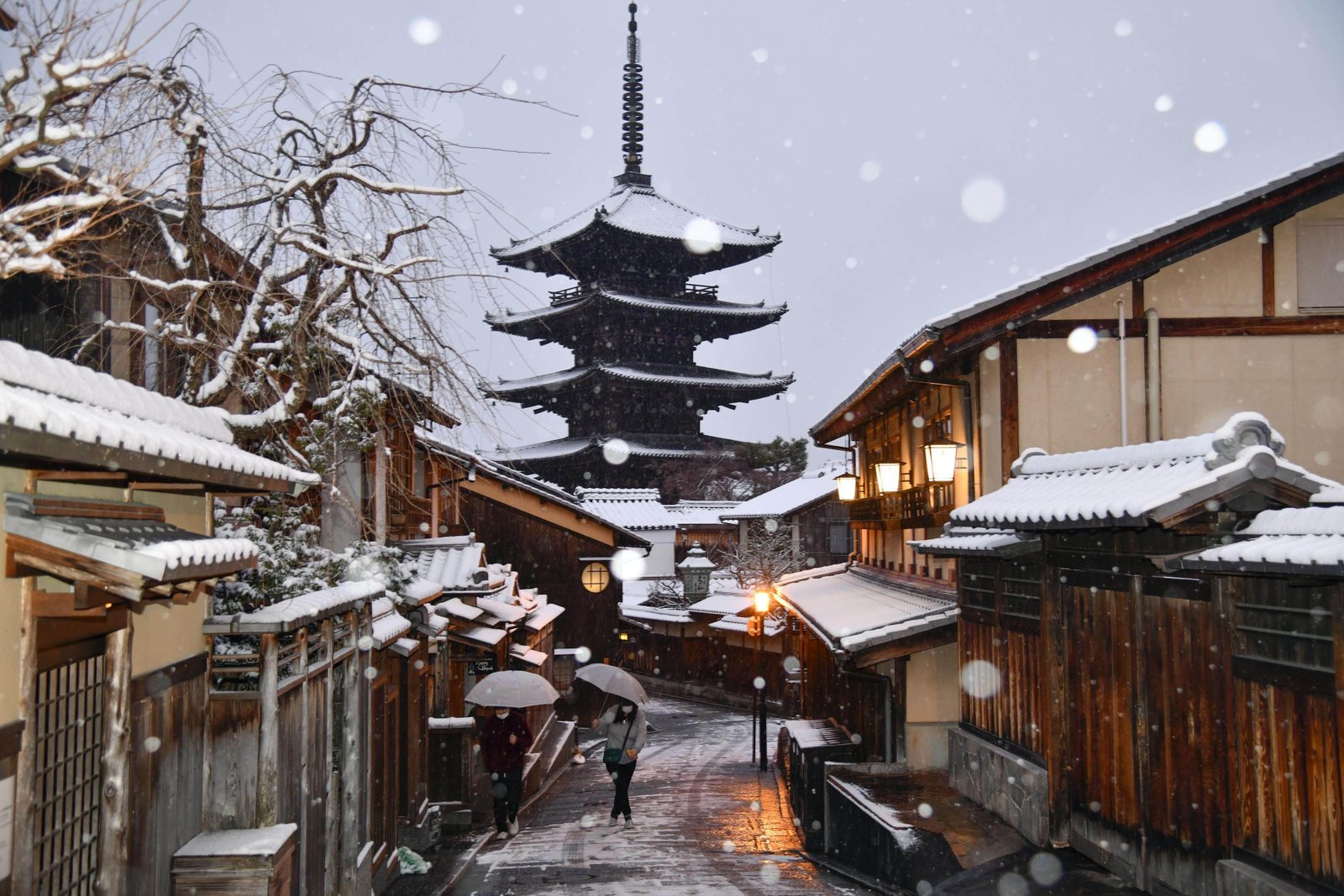
Kyoto, Japan's ancient capital, is a city renowned for its stunning architecture and rich cultural heritage. As a center of Japanese art, religion, and philosophy, Kyoto showcases a harmonious blend of traditional wooden structures, serene temples, and elegant gardens, creating a unique architectural landscape that reflects the city's historical significance.
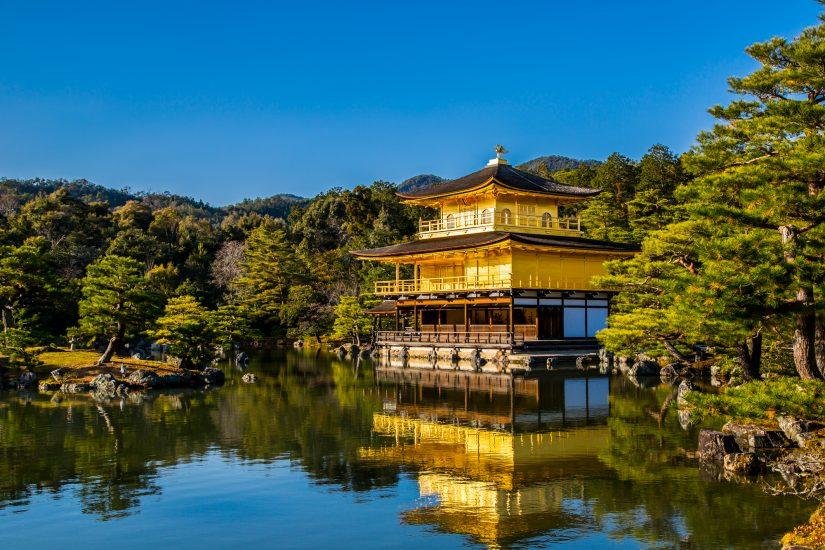
One of the most iconic structures in Kyoto is Kinkaku-ji, or the Golden Pavilion. This Zen Buddhist temple, covered in brilliant gold leaf, is surrounded by beautifully landscaped gardens and a tranquil pond. Originally built in the 14th century, Kinkaku-ji represents the pinnacle of Japanese architecture, combining simplicity with breathtaking beauty. Its reflective surfaces and integration with nature exemplify the principles of Zen aesthetics.
Another architectural gem is the historic Kiyomizu-dera, a UNESCO World Heritage Site. Founded in the 8th century, this wooden temple is famous for its wooden stage that juts out over the hillside, offering stunning views of cherry blossoms in spring and vibrant foliage in autumn. The temple’s intricate wooden construction and the surrounding natural beauty create a serene atmosphere.
Kyoto is also known for its traditional machiya houses, which are characterized by their wooden frames and tatami mat interiors. These narrow, elongated townhouses were once home to merchants and craftsmen, reflecting the city’s historical lifestyle. Walking through the streets of Gion, visitors can admire these charming structures, which often feature sliding doors and beautiful gardens.
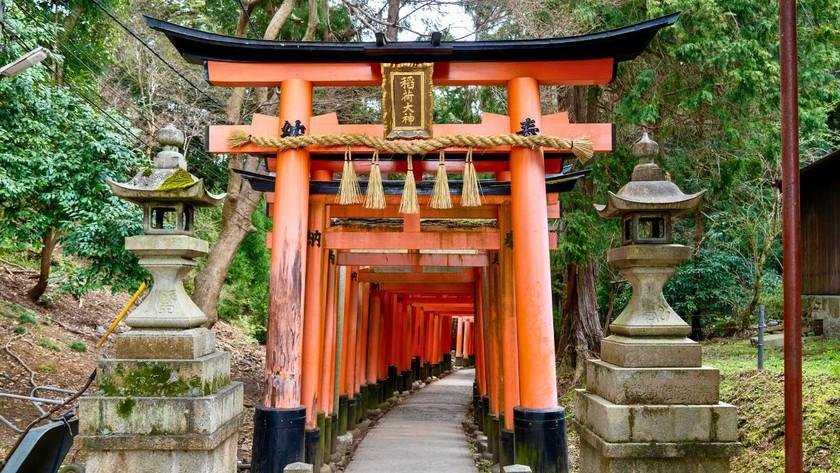
The Fushimi Inari Taisha shrine is another iconic site, famous for its thousands of vermilion torii gates that create a mesmerizing path up the mountain. The shrine, dedicated to Inari, the Shinto god of rice, showcases the integration of architecture and nature. The winding trails and sacred spaces highlight the spiritual connection that Japanese architecture often emphasizes.
The Nijo Castle, a UNESCO World Heritage Site, is a prime example of feudal architecture. Built in the 17th century, the castle features stunning gardens, ornate interiors, and the famous “nightingale floors” that chirp when walked upon, designed to thwart intruders. Nijo Castle reflects the power and elegance of the shogunate era, combining defensive architecture with artistic beauty.
Kyoto’s temples and shrines are often surrounded by meticulously designed gardens that embody the principles of Japanese landscape design. The Ryoan-ji Zen temple, known for its rock garden, exemplifies the minimalist approach that focuses on simplicity and natural materials. The carefully arranged rocks and gravel create a meditative space that invites contemplation.
The architecture of Kyoto is also characterized by its use of natural materials, particularly wood. Traditional wooden structures, such as the Sanjusangendo temple, showcase exquisite craftsmanship and attention to detail. The temple, known for its 1001 statues of Kannon, features a long hall with wooden beams and a thatched roof, creating a warm and inviting atmosphere.
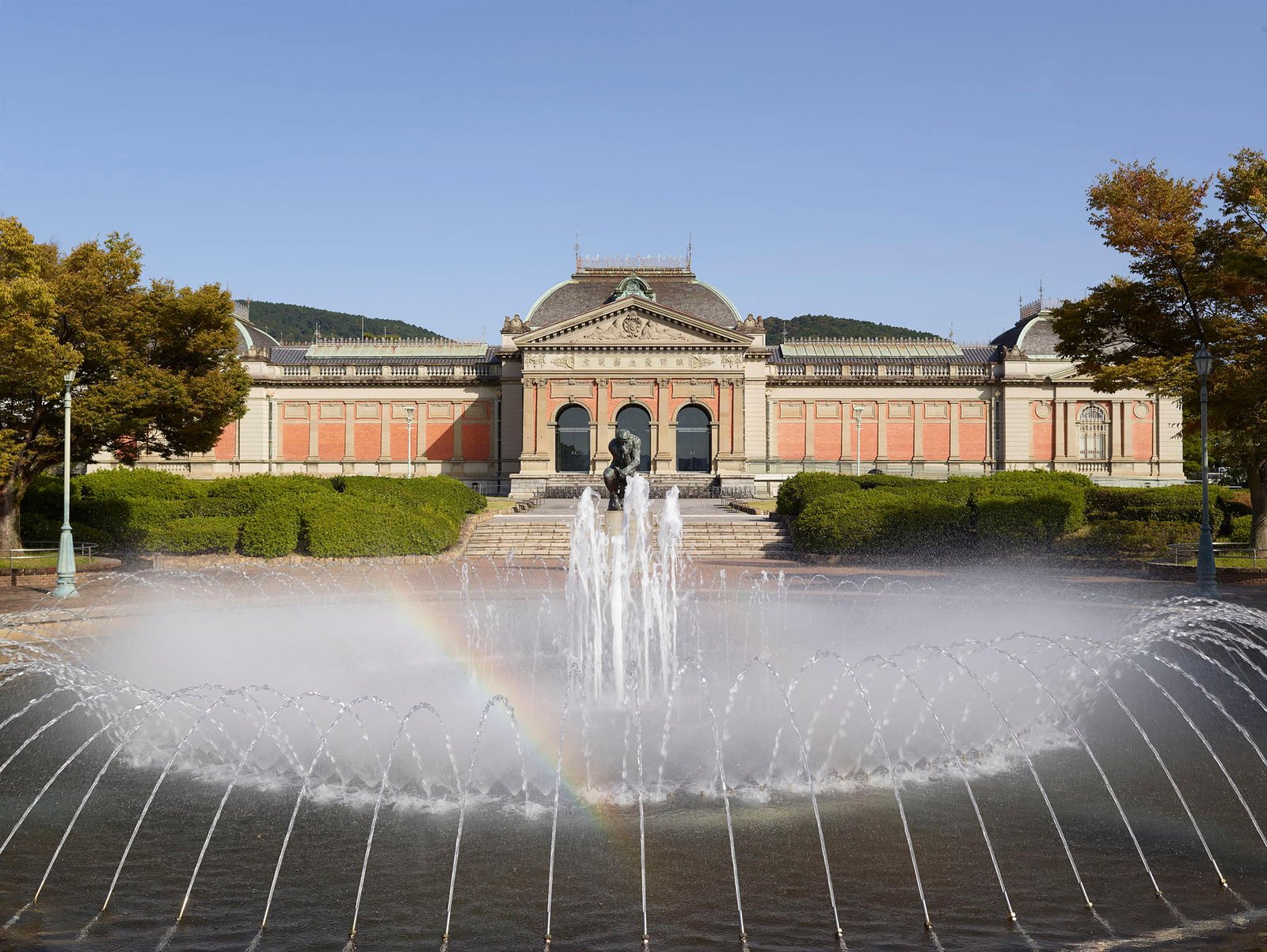
In contrast to the historical buildings, Kyoto embraces modern architecture that respects its cultural heritage. The Kyoto National Museum, designed by architect Yoshio Taniguchi, seamlessly blends contemporary design with traditional elements. The museum’s elegant lines and glass facades create a dialogue between the old and the new, showcasing the city’s commitment to preserving its artistic legacy while embracing innovation.
The Philosopher's Path, a picturesque walkway lined with cherry trees, exemplifies how architecture and nature coexist in Kyoto. The path leads to several temples and shrines, allowing visitors to appreciate the beauty of the surroundings while reflecting on the spiritual significance of the sites. This harmonious relationship between architecture and the natural environment is a defining characteristic of Kyoto.
Another notable site is the Tofuku-ji temple, famous for its Zen gardens. The temple’s design emphasizes simplicity and tranquility, with carefully raked gravel and strategically placed rocks that evoke a sense of calm. The gardens are designed to be viewed from the temple’s wooden structures, highlighting the connection between architecture and nature.
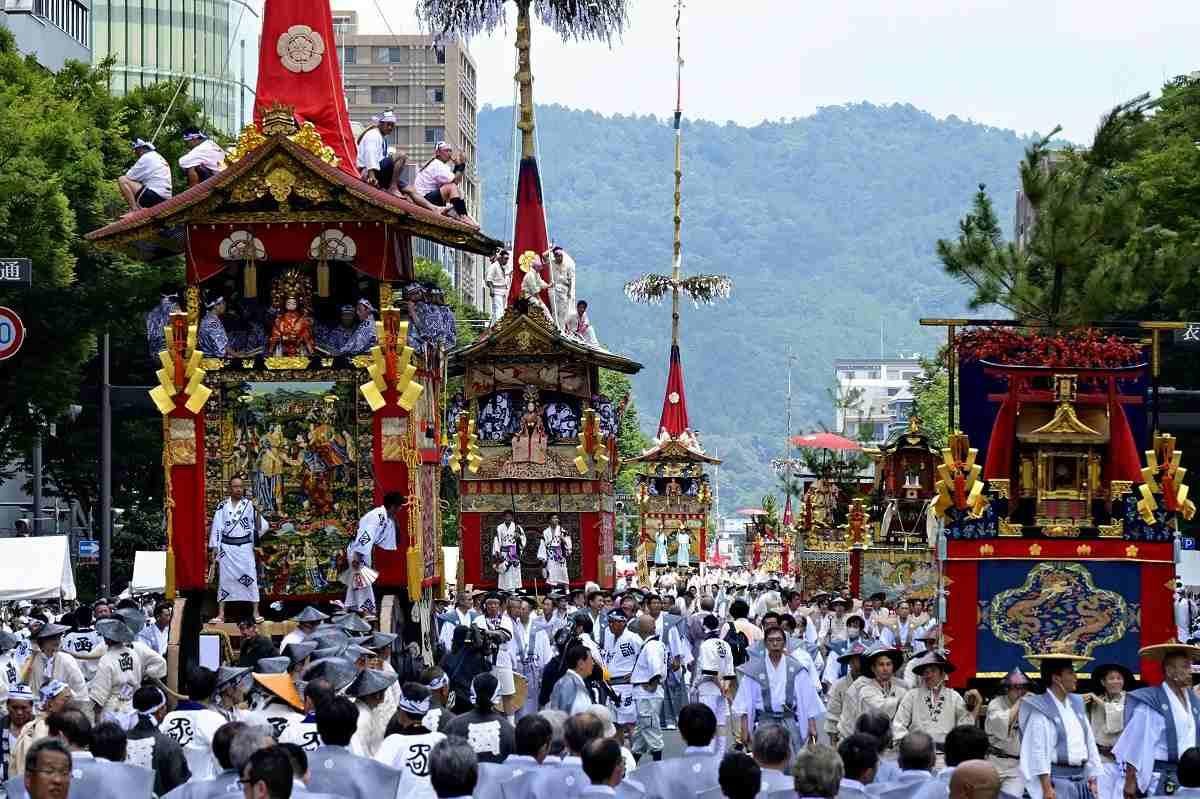
Kyoto’s cultural festivals, such as Gion Matsuri, also showcase the city’s architectural heritage. Traditional floats, adorned with intricate designs and craftsmanship, are displayed throughout the city during the festival. These floats reflect the artistry and skill of Kyoto’s craftsmen, further enriching the city’s architectural narrative.
In addition to its temples and shrines, Kyoto is home to several historic districts, such as Higashiyama and Arashiyama. These areas feature narrow streets, traditional shops, and tea houses that transport visitors back in time. The preservation of these districts allows for a deeper understanding of Kyoto’s architectural evolution and cultural significance.
The city’s commitment to preserving its architectural heritage is evident in the strict regulations that protect historic buildings. The emphasis on maintaining traditional styles ensures that Kyoto retains its unique character and charm, making it a living testament to Japan’s rich history.
In conclusion, Kyoto's architecture is a captivating blend of history, spirituality, and natural beauty.
Share:




